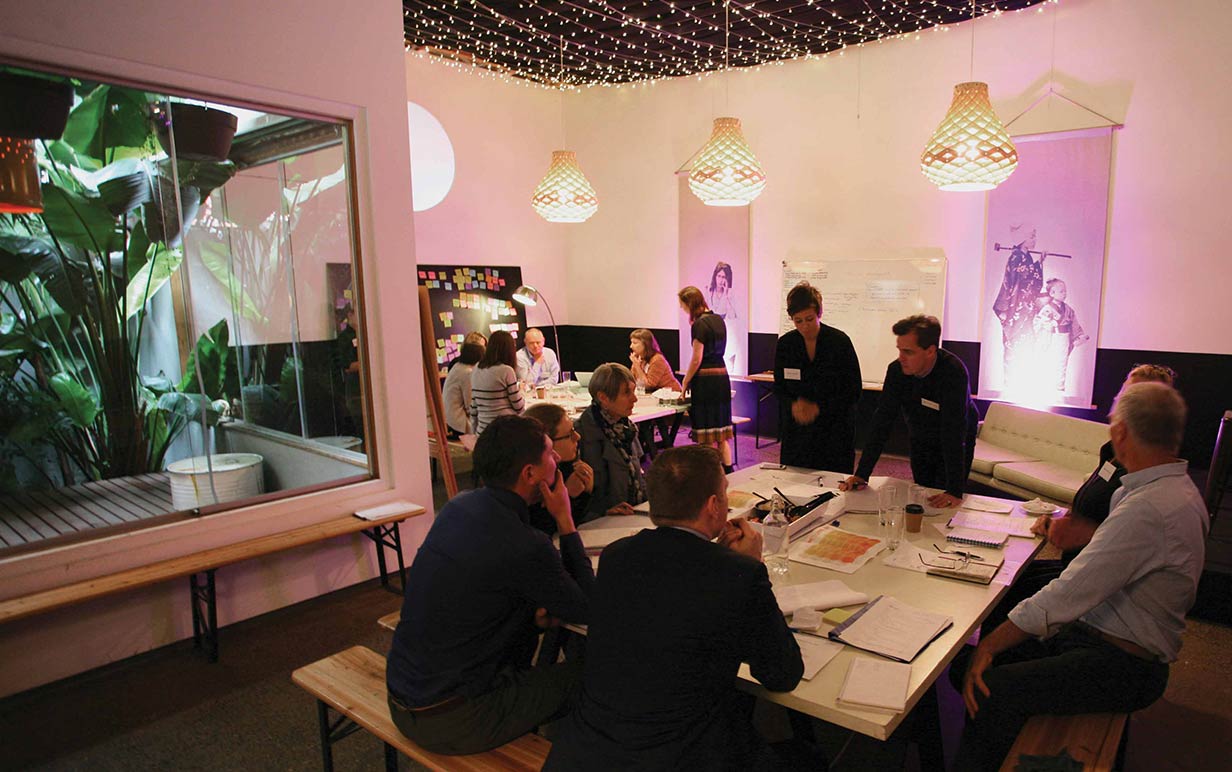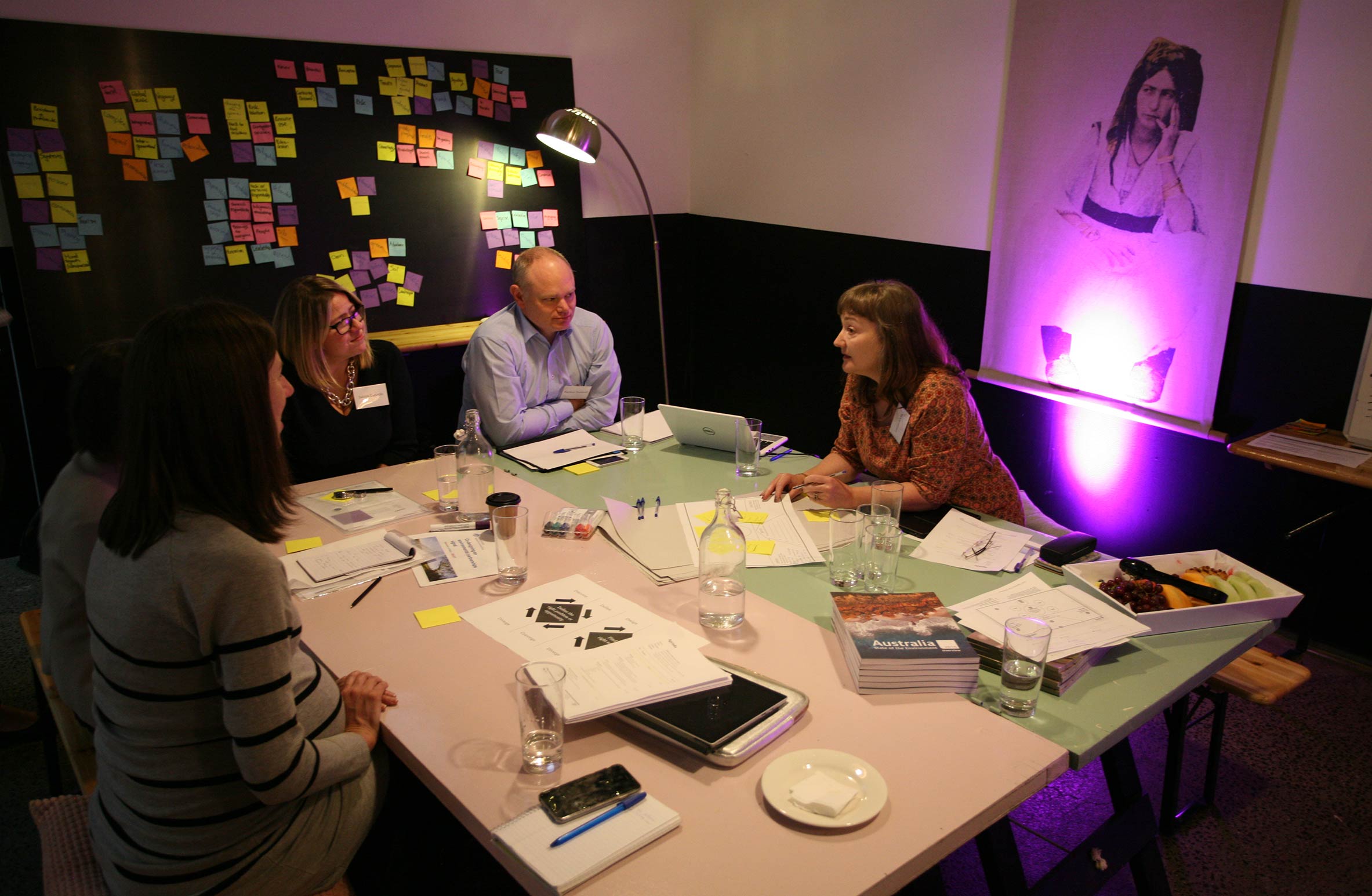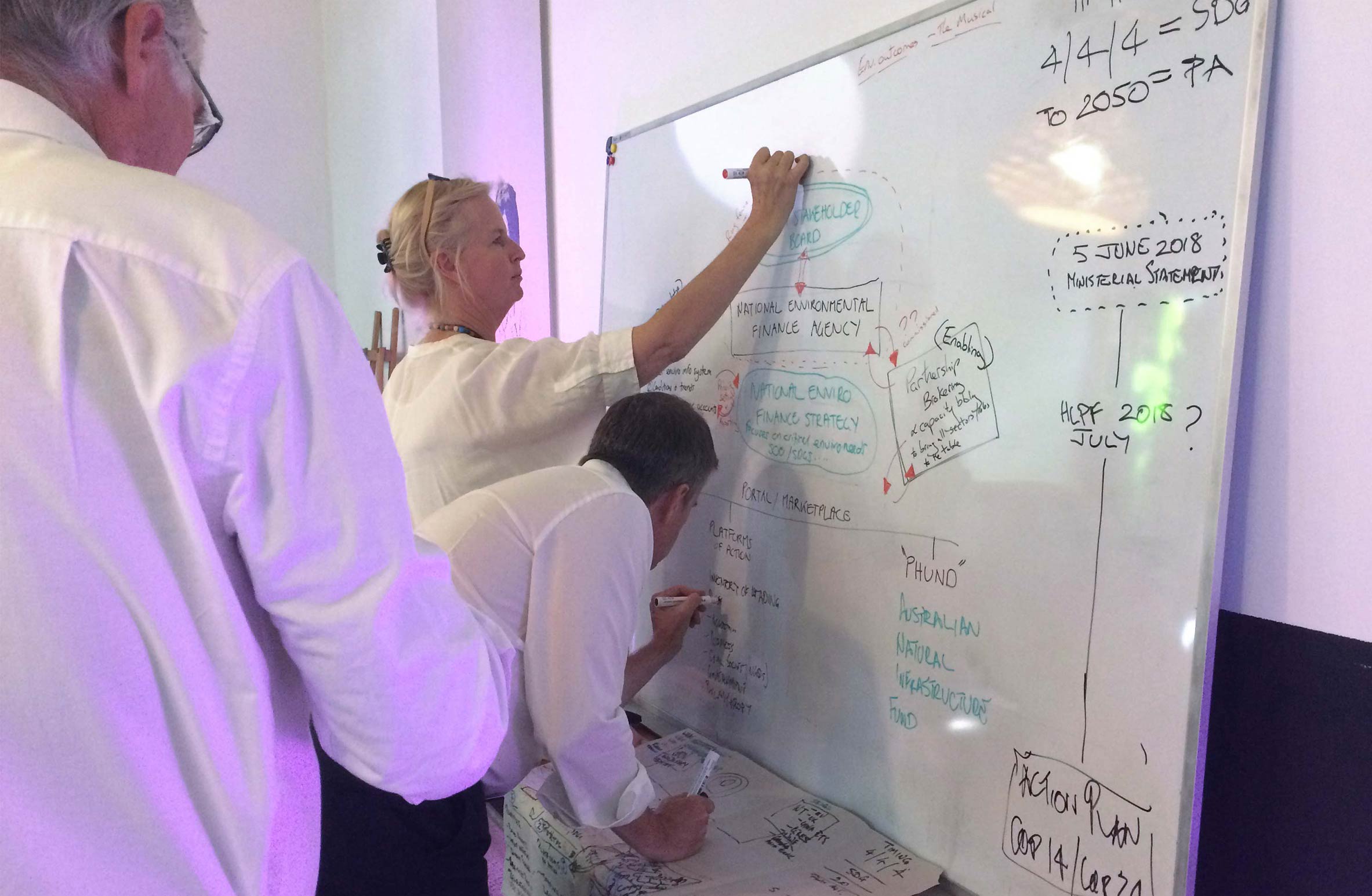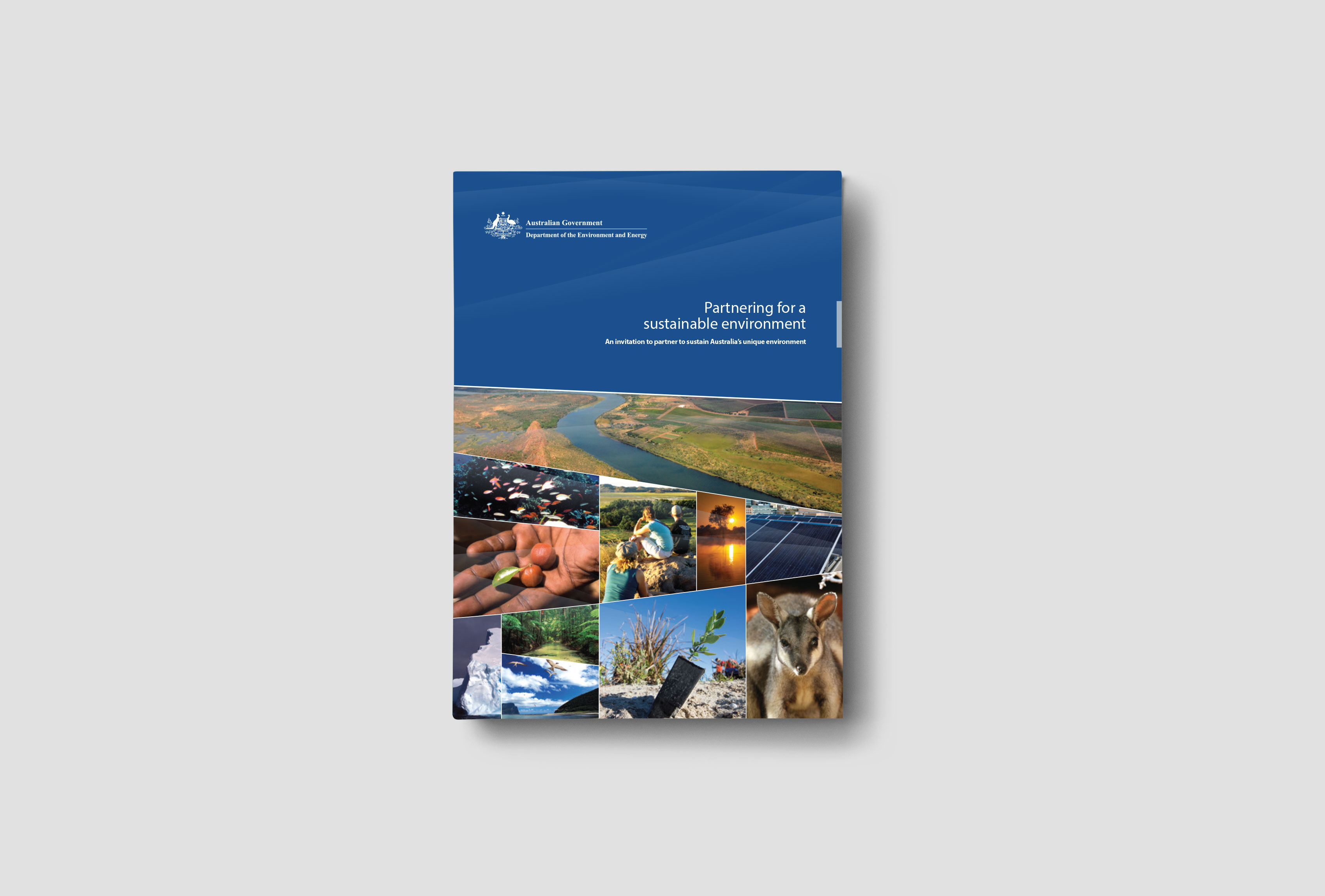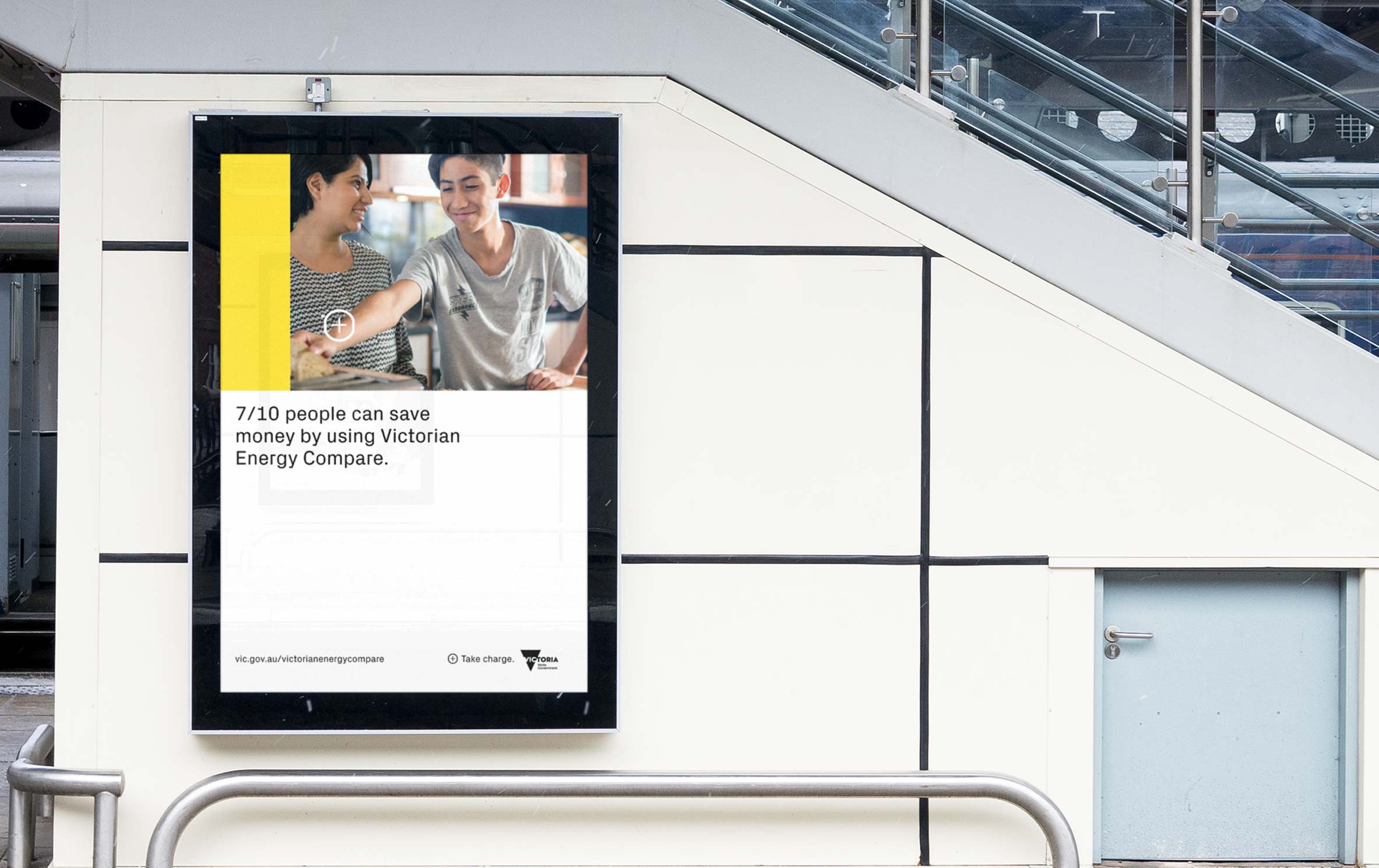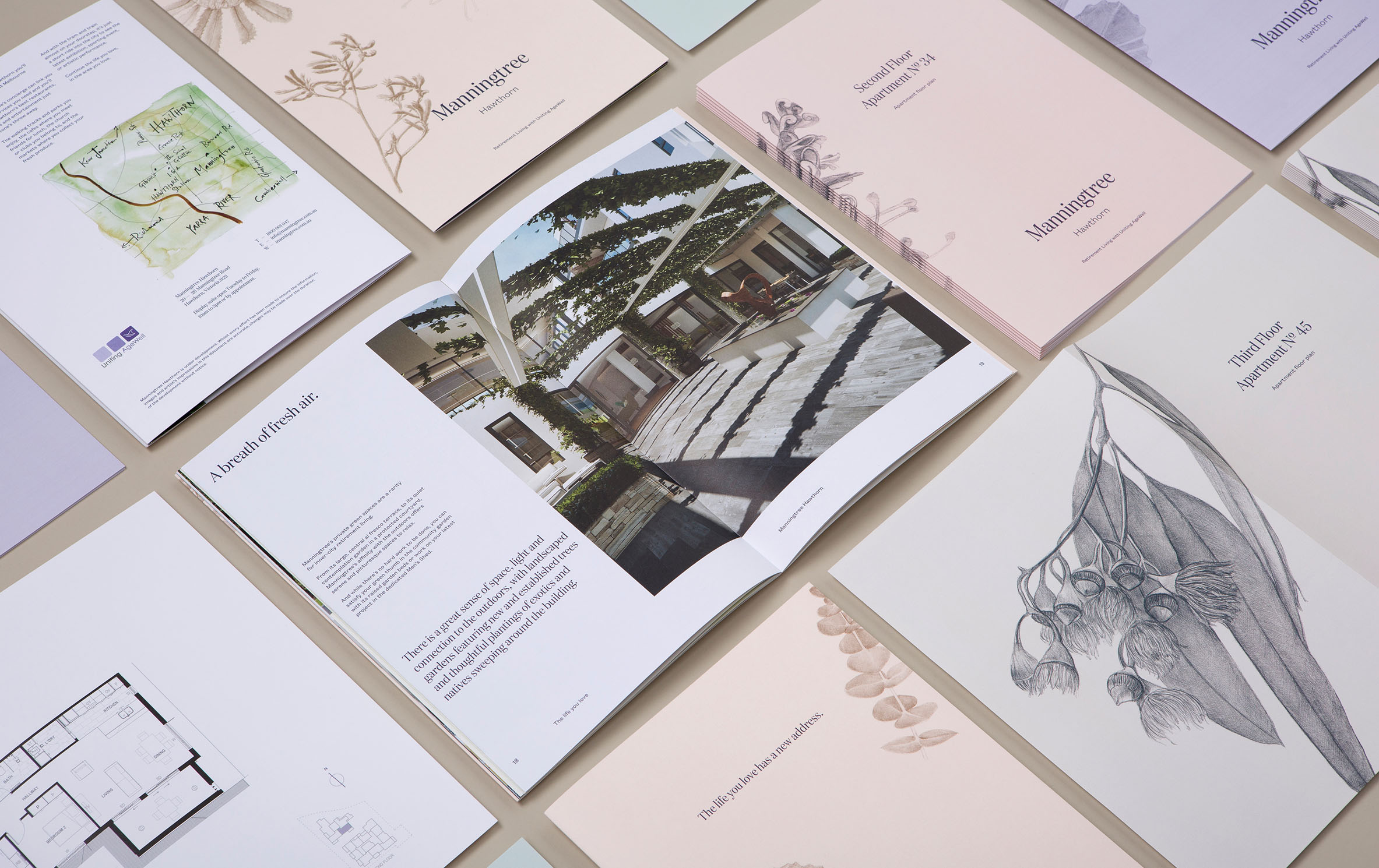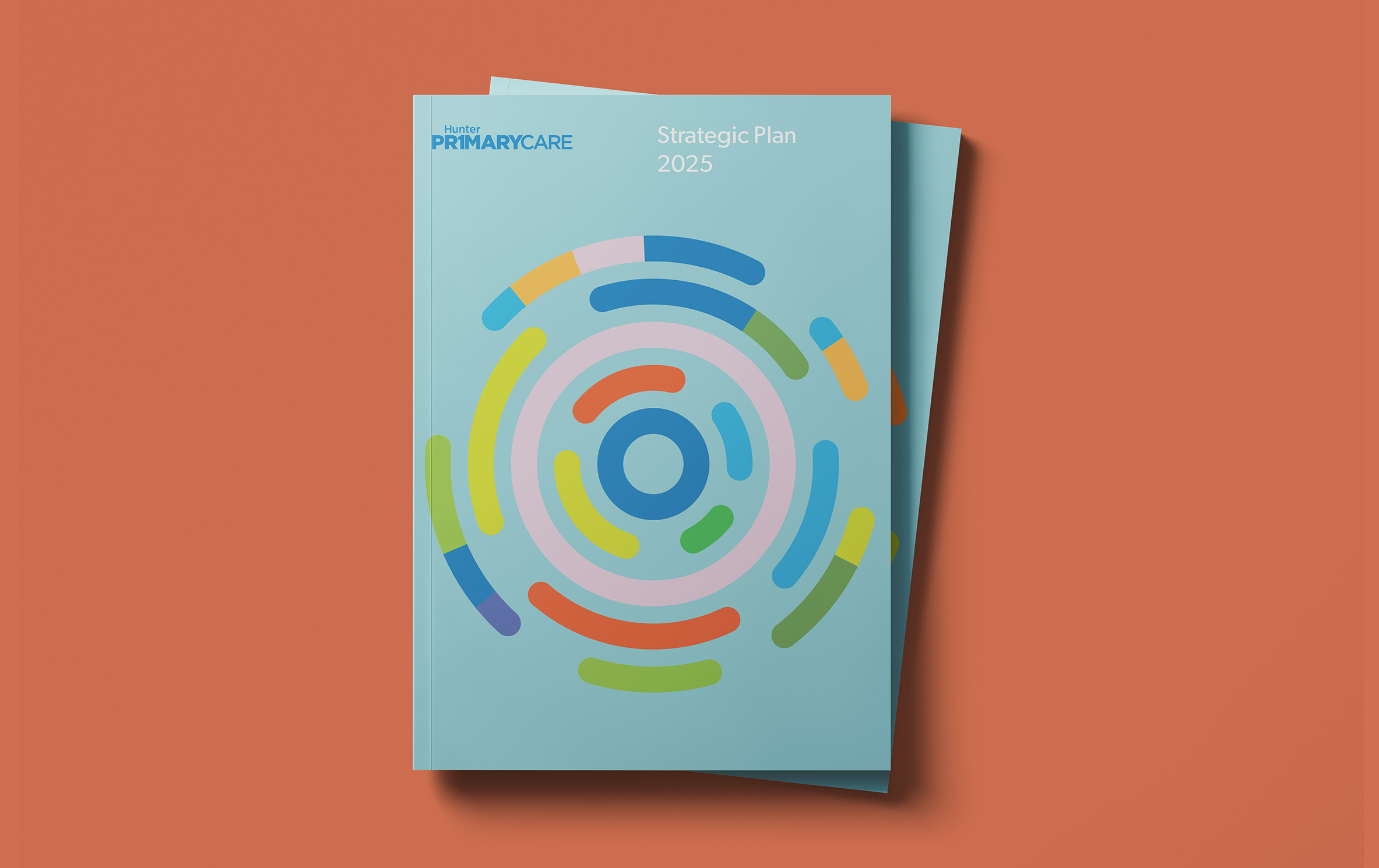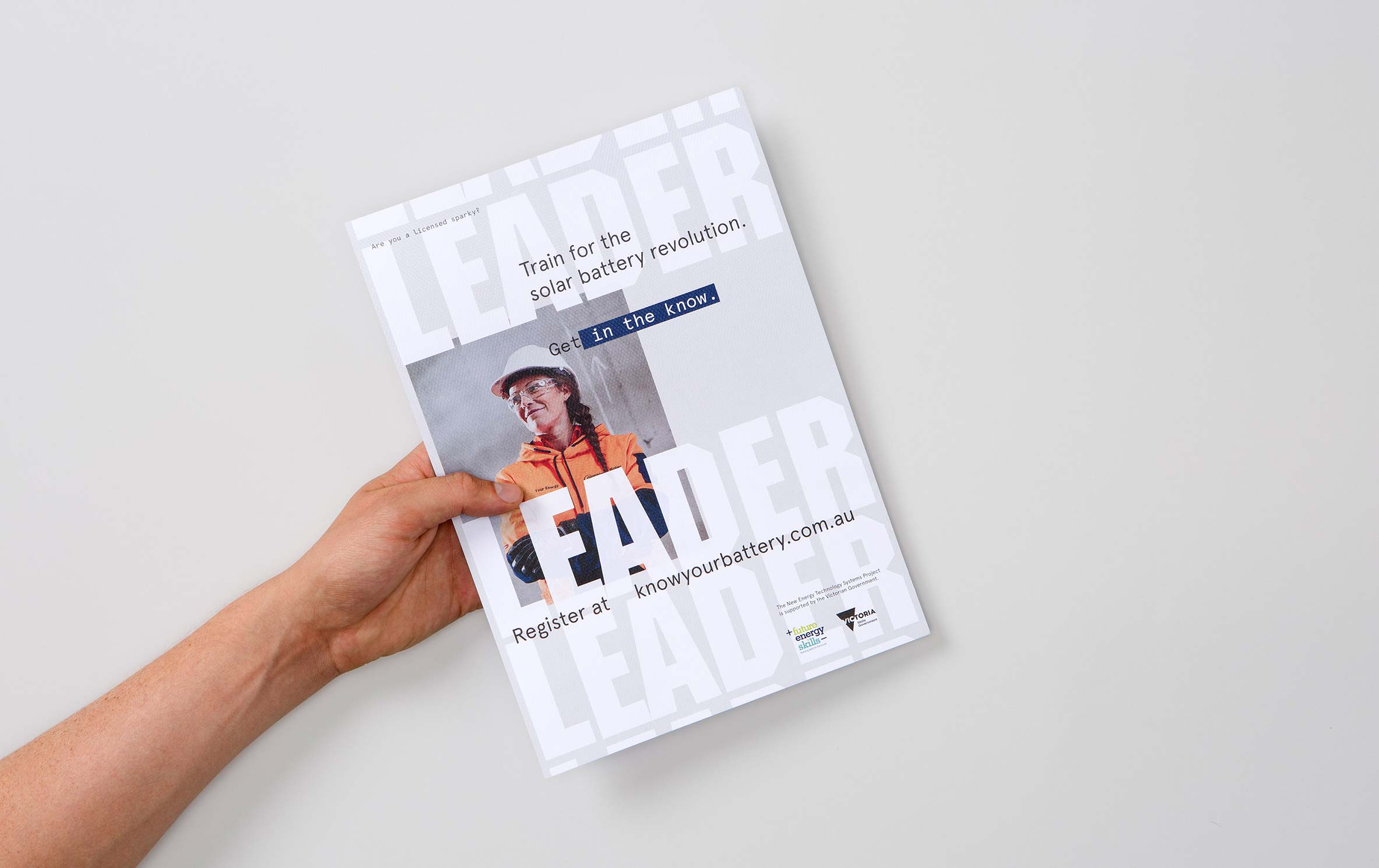Designing cross-sector partnerships to create shared value and address Australia’s environmental challenges.
Learn more about this project
Challenge
The Australian Department of the Environment and Energy (DoEE) designs and implements environmental policies and programs to protect Australia’s natural environments. The range of issues facing Australia’s unique environments are complex, multi-faceted and impact many industries and communities. A range of expertise, resources and networks – working in concert – is required to achieve environmental sustainability while supporting the resilience of businesses and townships. Faced with this challenge, the department identified the need to create a collaborative partnerships model based on the principles of shared value.
Response
Ellis Jones developed and facilitated a co-design process to develop opportunities and explore barriers to cross-sector participation in addressing environmental issues, with the ultimate goal of designing cross-sector partnerships.
Over the course of four months, in Melbourne, Sydney, Canberra and Darwin, more than 100 participants from 70 cross-sector organisations attended incubator sessions to explore the drivers, challenges, opportunities and roles of each sector, related to the environment.
Central to the design process was the application of shared value: framing and exploring partnerships to achieve economic, social and environmental outcomes for all organisations and communities.
The facilitation model comprised a classic ‘double-diamond’ design thinking model augmented with shared value framing to define innovation focus areas, and impacts.
A Core Co-design Group (CCG) interpreted the insights gathered during the incubator sessions and developed:
- A shared vision for future partnership activities.
- A common understanding of environmental priority areas as well as drivers and barriers to conservation financing or other environmental partnership activities.
- Areas of alignment between current and planned environmental work across different sectors.
In incubator sessions, representatives from leading corporations, investment companies, universities, government agencies, community organisations and philanthropy, addressed:
- The nature of, and parameters for, organisations entering into partnerships.
- Definition and categorisation of available expertise and resources to address environmental challenges.
- Environmental and social needs, and the economic challenges faced by business and community.
- Possible models to support change and incentivise investment over the necessary timeframes, comprising marketplaces, cross-sector leadership groups, gateways, policy and strategy.
At end of the design process, the CCG assisted in shaping a
- A model/system prototype with guidance on flexible application
- A partnership statement for presentation to the Minister for the Environment.
Outcomes
Highly innovative and ambitious, the project produced a range of expected and unexpected outcomes – all of which accelerated the department’s engagement with other sectors.
In particular, the co-design process was so successful, it went beyond the initially intended outcome of a ‘signal’ to market inviting partnerships; in fact, a model was produced that, in its final form, may operate more as a system than a single intervention or initiative.
In April 2019, the Partnering for a Sustainable Environment statement was published, signifying a shift in the way Australian organisations and communities consider environmental challenges and the role of government (selected excerpts from provided design direction to departmental team).
Key project outcomes were:
- Immediate identification of pilot projects for collaboration and investment.
- Development of detailed case studies to define the opportunities and support cross-sector engagement.
- A partnership framework to support effective and productive partnership development.
- Three unique frameworks/models with which to address Australia’s environmental challenges at scale, leading to one final preferred model recommendation for future development.
- A broad understanding at senior levels in participating organisations of the more active role government can play in achieving change, beyond its traditional role as policy maker, administrator and regulator.
For our company, it validated the use of shared value thinking to assess and steer whole of market change, something we have worked on and advocated in the health, aged care and disability sectors.
Our social impact (social innovation) and sustainability communication teams have deep domain knowledge as well as hard-earned experience as facilitators working in challenging and often high-paced contexts. Learn with and from them.
